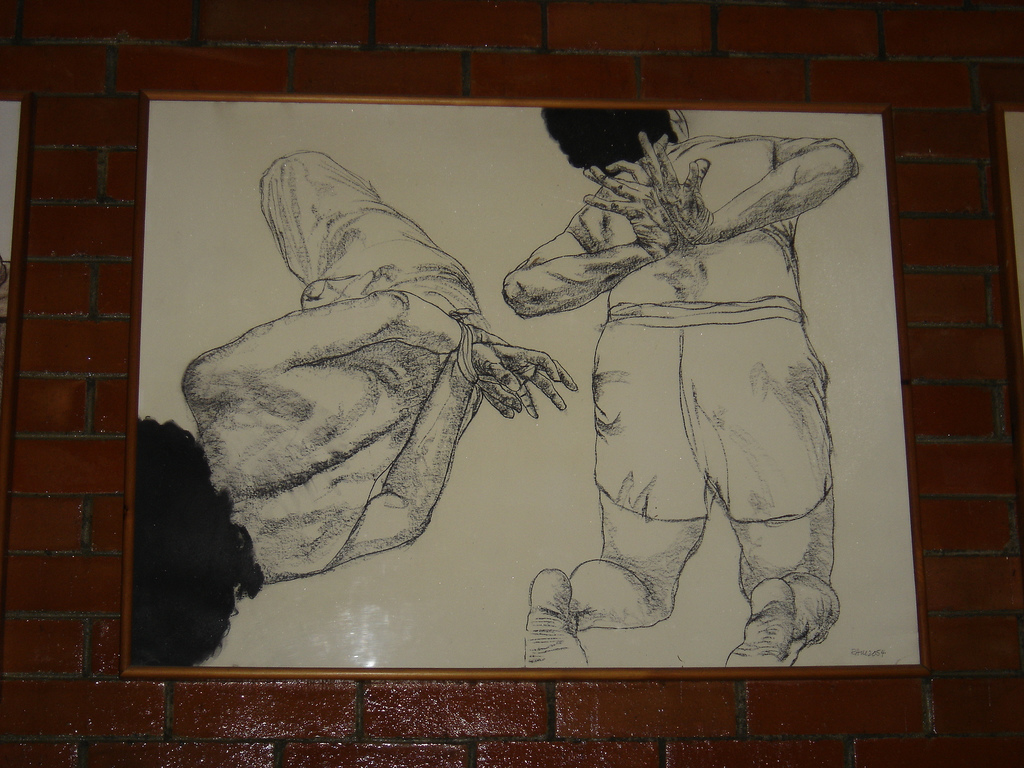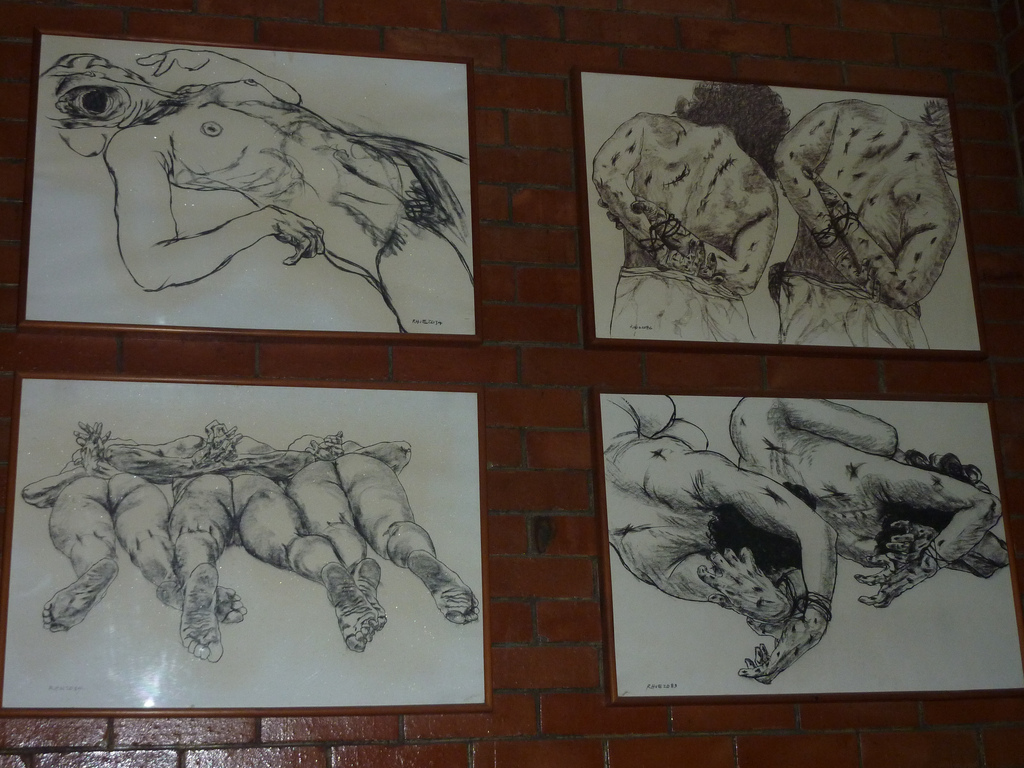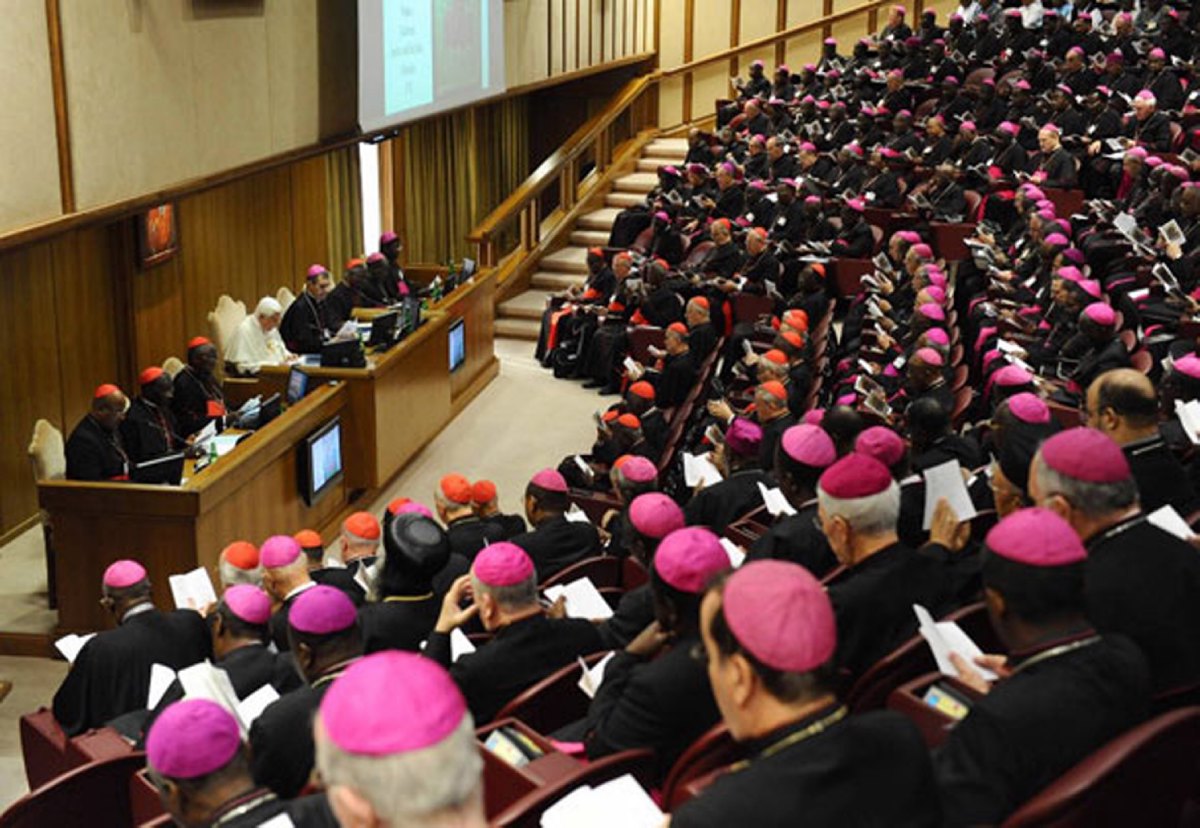Two Lents ago, I sat in prayer in the campus chapel of the Universidad Centroamericana in El Salvador. On the chapel walls behind me hung the Stations of the Cross, in one of the most distinctive and haunting portrayals I have seen. Instead of depicting Jesus himself progressing through the scenes of his passion, the artist had drawn the Stations from brutal scenes of the country’s civil war—corpses of Salvadorans that had been stripped, tortured, mutilated, murdered, and utterly degraded. After hearing numerous firsthand accounts of Salvadorans who lived through this violence while their families and neighbors became its victims, my companions and I could recognize the state of overwhelming grief and horror that the artist was conveying.
In this version of the Stations, the resurrection was not represented at the end. We were told that the artist believed that El Salvador was still waiting to truly experience the joy of the resurrection after years of crucifixions that continue to the present day. The absence of the 15th Station was a testament to this.
Given the immediate context of profound suffering, the omission of the resurrection appeared to be a challenge to fill in the blank. To Christians, death without resurrection is an unfinished story. It seemed to me that where the artist had left off, we were invited to be artists of the 15th Station with our lives. Ivone Gebara, a Brazilian nun and theologian, writes about “everyday resurrections” which make salvation palpable to those in the midst of suffering, through perceptible, immediate instances of relief or joy. These small irruptions do not diminish the “not yet” of salvation beyond history that will be fulfilled only by Christ. They do, however, invite us to actively cooperate with the salvation already inaugurated in history by Jesus’ death and resurrection.
To act as bridges of God’s grace, letting small resurrections permeate our everyday reality, is a subversive act against sin. It doesn’t excuse us from striving for systemic transformations, but it does make the resurrection a tangible reality to those yearning for signs of hope that are within grasp. Throughout it all, the Eucharist remains the definitive expression of our active hope, when we re-member the Body of Christ which is dismembered by sin. With God’s grace, we are capable of enfleshing the joy of Easter, even while the sorrow of Good Friday is still fresh or actively unfolding.









